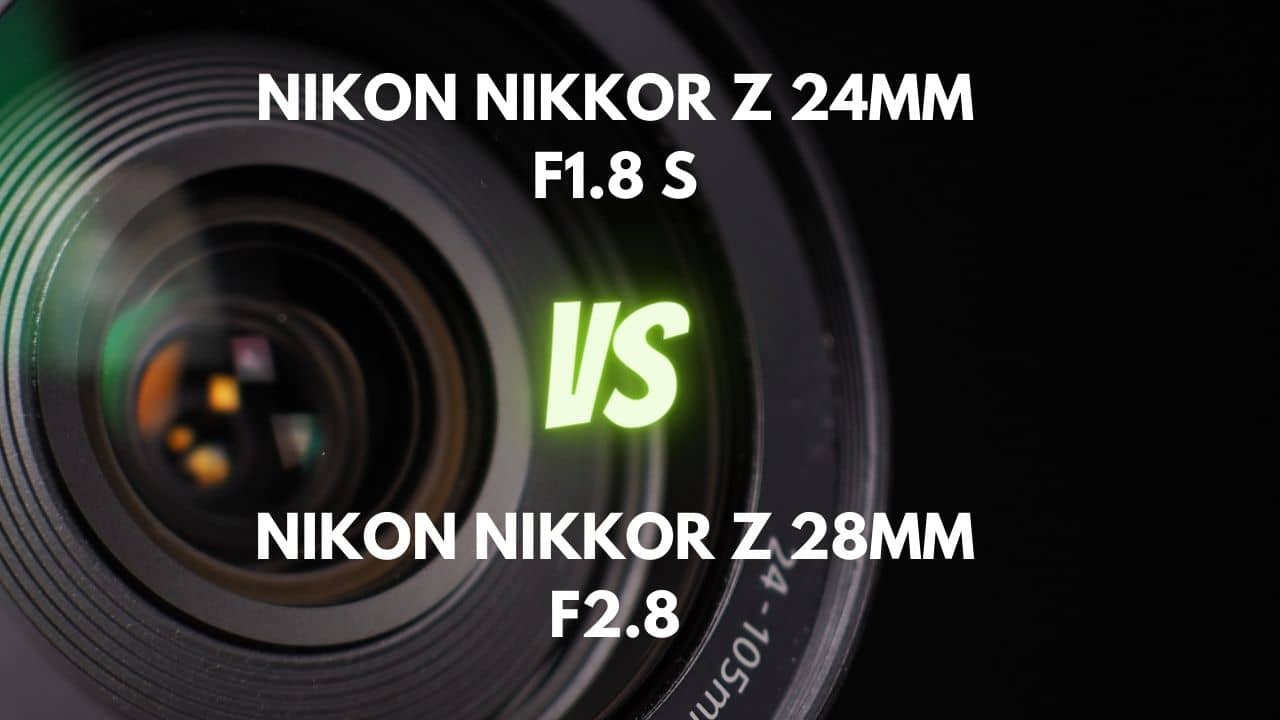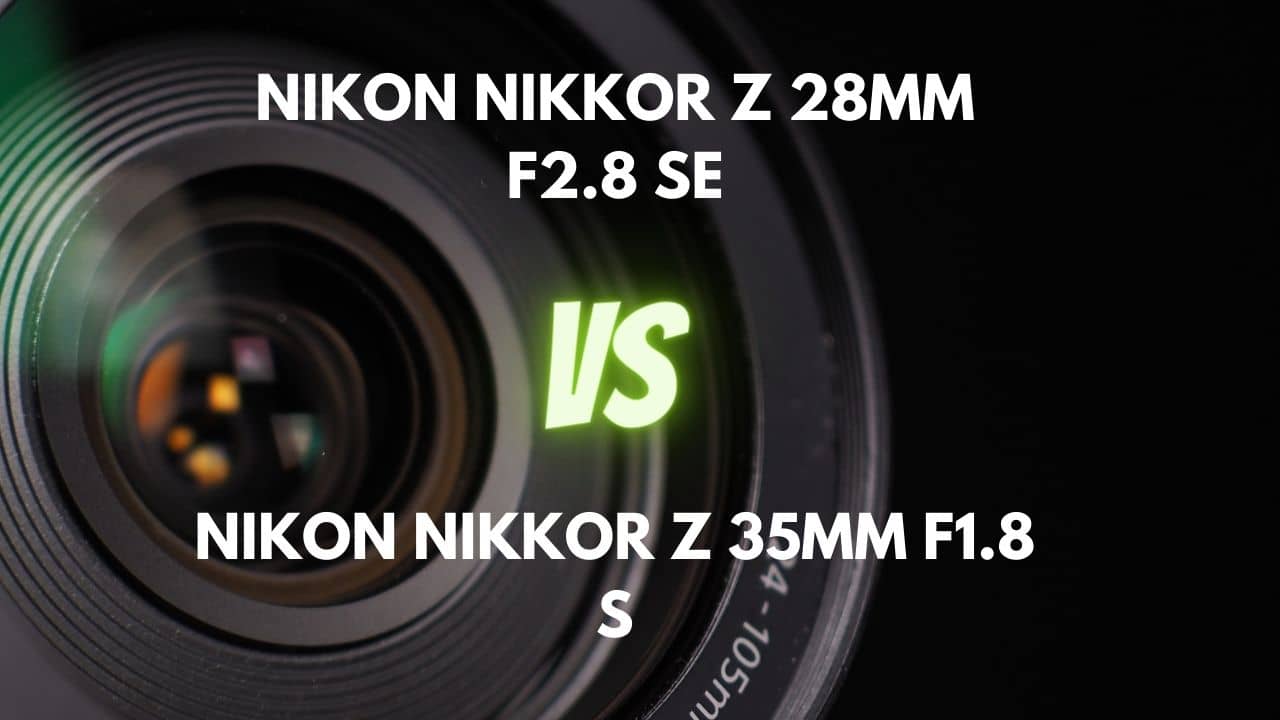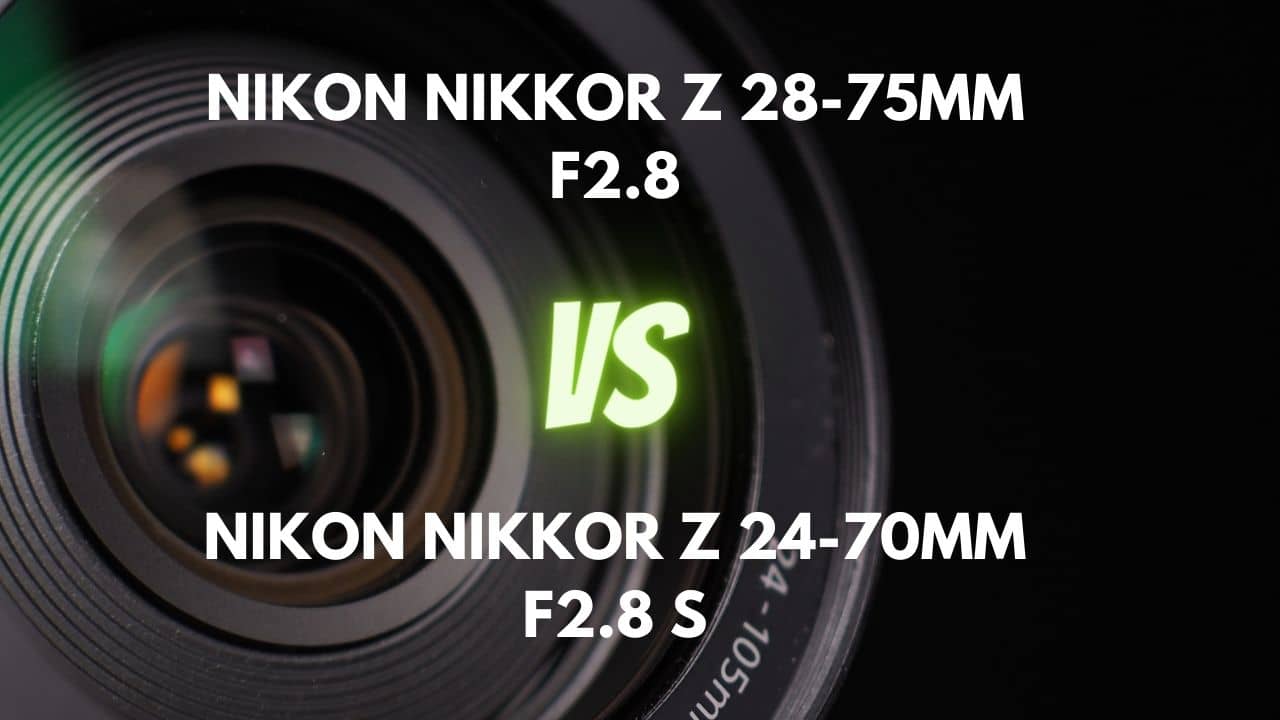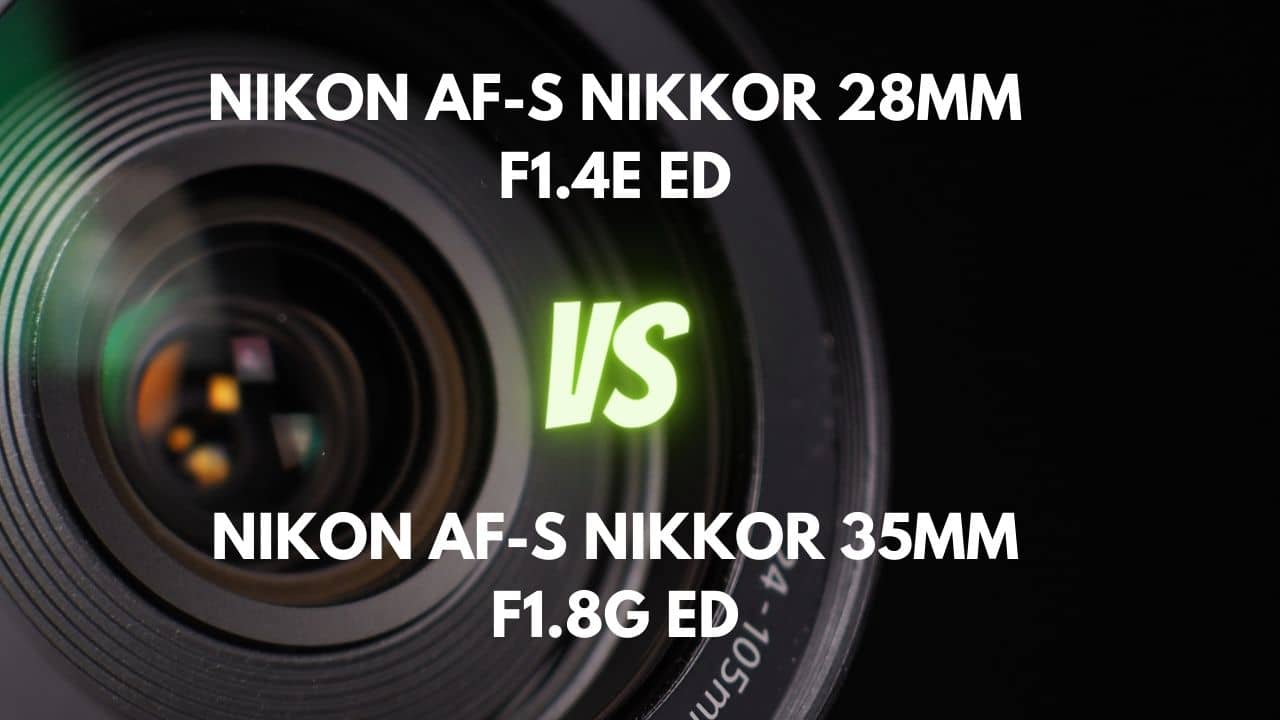Wedding days are full of glorious memories that people will cherish forever. As wedding photographers, our job is to create great photos and make those memories last a lifetime.
That said, using images to tell wonderful stories and translate deep emotions can be challenging. Different parts of a wedding demand different photography styles and, different styles require the use of different lenses.
In this article, I’ll introduce different lenses for wedding photography that will work best for all scenarios, whether it’s group shots, portraits, or detailed close-ups. They’re well compatible with Nikon D7500 and cost-effective.
Let’s dive right into it!
Tamron SP 70-200mm F/2.8 Di VC USD G2
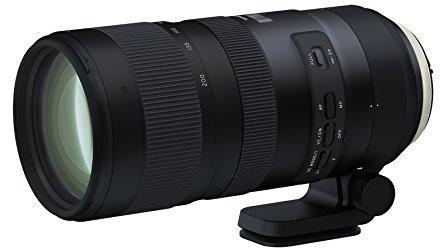
Gone are the days when professional photographers made light of third-party lenses. More and more third-party lenses outperform major brand lenses. This Tamron SP 70-200mm F/2.8 Di VC USD is one of them.
Its optical performance is the same as Nikon AF-S NIKKOR 70-200mm f/2.8G ED VR II, but better than Nikon AF-S VR Zoom-Nikkor 70-200mm f/2.8G IF-ED. It is super sharp even in the corners at the widest aperture.
Thanks to one XLD element and five LD elements, the color fringing and chromatic aberrations are invisible. Flare and ghosting are also well-control because of its multiple coatings. A circular 9-blade diaphragm contributes to its satisfactory bokeh quality.
Its Vibration Compensation (VC) system is beneficial for wedding photography. It helps reduce the camera shake up to 5 stops, making shooting handheld or lowering ISO possible in low-light conditions like in the church.
What’s more, the autofocus performance is fantastic. It remains fast and accurate even in low-light conditions. As the acronym “USD” implies in the name, the lens uses Tamron’s advanced Ultrasonic Drive to provide nearly silent autofocusing. Besides, instant manual-focus override is available for fine-tuned control.
The build quality, however, is slightly inferior compared with Nikon’s. But the metal barrel is still durable. And the internal seals throughout the lens along with an expensive fluorine coating on the front element helps protect the lens from dust and moisture. Therefore, you can use it for many years as long as you don’t abuse it.
Bearing in mind that it will provide a 105-300mm equivalent focal length range when used on D7500.
Overall, it is worth considering as a portrait and telephoto lens for wedding photography.
Pros
- Great sharpness
- Fast and nearly silent autofocus
- Great stabilization
- Affordable price
Cons
- Slightly inferior build quality
Portrait Prime Lenses
Portrait prime lenses are fast lenses with a fixed focal length that is usually long enough to create a flattering portrait. These lenses come in handy for some parts of the wedding like the bridal portrait session, in which you have time to move back and forth, be thoughtful about light and posing, and get some amazing shots.
Unlike the bulky 50-150mm lens, prime lenses are light and compact. They can make you feel more relaxed and help you come up with something creative.
And more importantly, they come with a large aperture like f/1.4, which is essential for producing creamy background.
Sigma 17-50mm F2.8 EX DC OS HSM
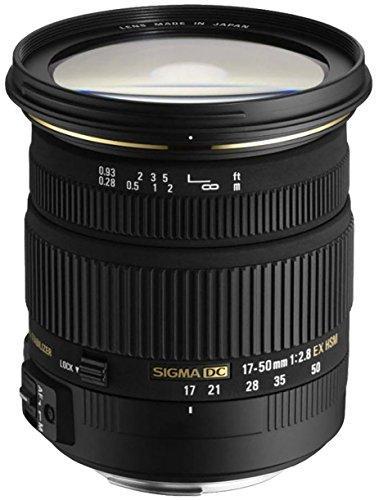
A 17-50mm lens is a go-to wedding photography lens on a crop-sensor camera like D7500, as its focal length is approximately 24-70mm on a full-frame body.
Whether group shots, family formals, wedding processionals, the entire ceremony shot, or even portraits, 17-50/24-70 lens handle very well. You will feel the benefits when you are back in the corner and have limited space for shooting.
In addition, 17-50mm lenses usually come with a large f/2.8 aperture, which is extremely useful for low-light shooting. It helps avoid motion blur without using a flash in interior spaces that are not well lit.
This standard zoom lens from Sigma is best-in-class among the lenses dedicated to an APS-C camera like D7500. It is a better option compared with Tamron SP AF 17-50mm F/2.8 XR Di II LD.
The optical performance is excellent on D7500. It is impressively sharp in the center throughout the focal length range at f/1.8, although slightly less sharp with 50mm. Like many other lenses, the sharpness improves at f/5.6 and f/8. On the whole, its sharpness performance is better than Tamron’s.
Another big selling point is its “HSM”, a silent “ultrasonic” type motor. Compared with Tamron’s traditional micro-motor, which is rather noisy in a quiet environment, Sigma’s autofocus is nearly silent.
Besides, its optical stabilization (OS) is quiet as well. It’s super-efficient, on a par with Nikon’s stabilization system, making it easy to capture sharper images at slower shutter speeds or lower ISO.
All in all, it is an ideal ready-for-anything lens to keep on D7500.
Pros
- Outstanding optical performance
- Fast and silent autofocus
- Great stabilization
- Affordable price
Cons
- No full-time manual override
Sigma 50-150mm f/2.8 EX DC APO OS HSM

This Nikon D7500 lens is probably the only one dedicated to an APS-C camera that offers a 3x zoom range with a fast constant f/2.8 constant aperture. It has an angle of view equivalent to a 75-225mm lens used on a full-frame body.
The focal length is a blessing when you have to stay away from your shooting subjects. For instance, some churches may require you to stay behind the last row of guests. Or, you may want to take some candid shots without spoiling the atmosphere.
Besides, it’s also perfect for portraits and detailed shots. It makes it much easier to blur the background, capture flattering portraits without distortion and get a close-up shot far away. Its 3x zoom range also allows you much more freedom in choosing the shooting distance.
Another selling point is image stabilization. It allows you to capture sharper images at shutter speeds slower than you could without it. This is quite useful in the low-light conditions, e.g., in church or dance floor.
Speaking of image quality, it delivers sharp images, not trilling but as good as the much more expensive Nikon 70-200mm f/2.8G ED VR II delivers on a crop-sensor. It doesn’t have weather sealing to prevent dust and moisture, which is not very necessary for wedding photography.
Despite the weather sealing, the build quality is on a very high level. The “EX” acronym indicates it’s part of Sigma’s highest-quality collection. The matt finish on the sturdy plastic exterior is pleasant to touch. The metal lens mount ensures the lens communicates well with the camera body.
In addition, its autofocus is fast, quiet, and dead-on, thanks to the HSM, Sigma’s hypersonic motor.
To sum up, I strongly recommend it for its excellent performance and affordable price.
Pros
- Effective optical stabilization
- Excellent build quality
- Internal focusing
- Changeless f/2.8 aperture
Cons
- No weather sealing
Lens Comparision Chart
Sigma 50-150mm F2.8 | Sigma 17-50mm F2.8 | Tamron 70-200mm F2.8 | |
Filter diameter (mm) | 77 | 77 | 77 |
Stabilization | Yes | Yes | Yes |
AF Motor | HSM | HSM | USD |
Rotating front element | No | No | No |
Tripod mount | No | No | Yes |
Full-Time manual focus | Yes | No | Yes |
Diaphragm blades | 9 | 7 | 9 |
Length (mm) | 197.6 | 91.8 | 191.3 |
Weight (gr) | 1350 | 565 | 1485 |



